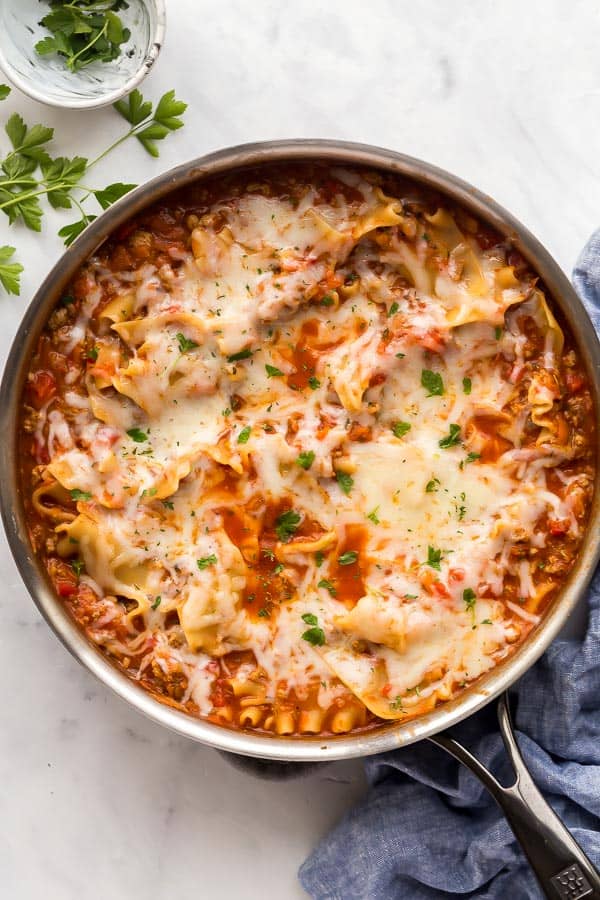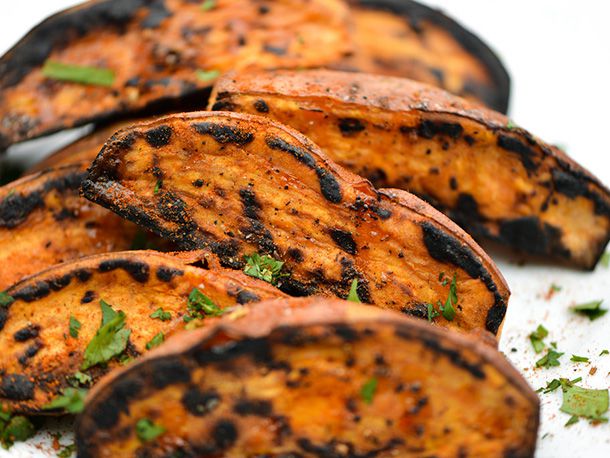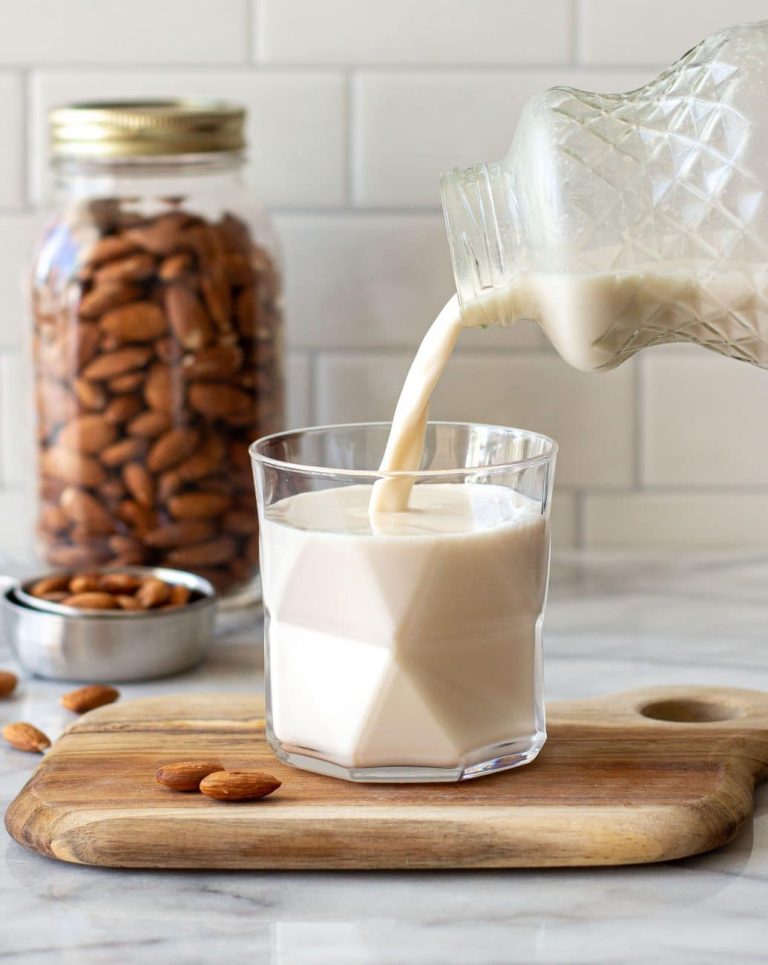Skillet Lasagna: A Flavorful One-Pan Dinner Recipe
Skillet lasagna is a simplified version of traditional lasagna, cooked entirely in one pan on the stovetop. Unlike its oven-baked counterpart, skillet lasagna eliminates the need for layering noodles, meat, and cheese in a baking dish. Instead, you combine all ingredients directly in the skillet, allowing them to cook evenly and blend together. This method saves time and reduces the number of dishes you need to wash, making it ideal for busy weeknights.
Benefits of One-Pan Cooking
One-pan cooking, especially with skillet lasagna, offers several advantages:
- Time-Saving: Preparing lasagna in a skillet significantly cuts down on cooking time. Traditional lasagna can take up to an hour or more to bake, whereas skillet lasagna can be ready in about 30 minutes.
- Less Cleanup: Using one pan means fewer dishes to clean. There’s no need for multiple bowls, baking dishes, or strainers.
- Convenience: The simplified process means you can enjoy the flavors of lasagna without the hassle of traditional preparation. This convenience makes it perfect for quick, hearty meals.
- Flavor: Cooking all ingredients together in a skillet ensures that flavors meld harmoniously, creating a rich, cohesive dish with every bite.
- Versatility: You can easily customize skillet lasagna by altering ingredients. For instance, swap ground beef for turkey or add vegetables like spinach or zucchini.
By embracing skillet lasagna, you combine efficiency and deliciousness in one easy-to-manage dish.
Key Ingredients for Skillet Lasagna
Necessities: Cheese, Sauce, and Pasta
Skillet lasagna requires simple, essential ingredients to achieve its characteristic rich flavor and texture. Cheese is fundamental for creaminess and a gooey texture; use a combination of ricotta, mozzarella, and Parmesan. Ricotta provides creaminess, mozzarella ensures a stretchy texture, and Parmesan adds an umami punch.
Marinara or tomato sauce serves as the base for the dish. Choose a high-quality sauce or make your own using tomatoes, garlic, onions, and herbs. The sauce imparts most of the dish’s flavor, so select wisely.
Pasta, specifically lasagna noodles, forms the structure of the dish. Use no-boil lasagna noodles to save time. Break the noodles into smaller pieces for even distribution and easier cooking in the skillet.
Optional Enhancements: Meats and Vegetables
To add protein and richness, consider incorporating meats. Ground beef, Italian sausage, or turkey are popular choices. Cook the meat thoroughly before adding it to the skillet to infuse the dish with robust flavors.
Vegetables enhance the nutritional value and add texture. Spinach, mushrooms, bell peppers, and zucchini blend well with the other ingredients. Saute these vegetables before combining them into the skillet for optimal texture and flavor integration.
Step-by-Step Guide to Making Skillet Lasagna
Preparing the Ingredients
Gathering and prepping ingredients ensures a smooth cooking process. Begin by dicing onions and mincing garlic, quantities based on your taste preference. Grate mozzarella and Parmesan cheeses and set aside ricotta cheese. Break lasagna noodles into manageable pieces approximately 2-3 inches long. Brown your chosen meat, such as beef or sausage, in an appropriately sized skillet, then drain excess fat. For vegetables, sauté options like spinach, mushrooms, or zucchini until tender.
Layering and Cooking Techniques
With ingredients prepped, start layering directly in the skillet. Begin with a layer of marinara or homemade tomato sauce to prevent sticking. Add a layer of broken lasagna noodles, covering them evenly with sauce. Distribute cooked meat or vegetables over the noodles, followed by dollops of ricotta cheese. Sprinkle with grated mozzarella and Parmesan. Repeat this layering sequence until ingredients are used. Ensure the top layer is covered with sauce and cheese to provide a rich, bubbling finish.
Cover the skillet with a lid, then cook over medium heat for 20-25 minutes or until noodles are tender. Remove the lid in the final 5 minutes for a perfect melted cheese topping. Allow the skillet lasagna to rest for 5 minutes before serving to firm up the layers.
Variations of Skillet Lasagna
Vegetarian Options
Consider a vegetarian version of skillet lasagna if meatless meals appeal to you. Substitute ground meat with plant-based proteins like lentils, tofu, or meat alternatives. For a nutrient boost, add vegetables like spinach, bell peppers, zucchini, and mushrooms. Sauté these vegetables until tender before layering with your marinara sauce and noodles, then follow the standard cooking process. Top with a blend of ricotta, mozzarella, and Parmesan cheese for a rich, satisfying flavor.
Creative Twists on the Classic Recipe
Experiment with creative twists in your skillet lasagna to keep things exciting. Instead of traditional marinara sauce, use Alfredo or pesto sauce for a different flavor profile. Swap lasagna noodles for other pasta types like penne or rigatoni for a unique texture. Incorporate exotic cheese blends such as feta, goat cheese, or Gruyère to enhance the taste. Add ingredients like sun-dried tomatoes, olives, or artichokes for added complexity. Mix in herbs like basil, oregano, and thyme to elevate the dish’s aroma and flavor. Ensure all components blend well by following the usual layering and cooking method.
Tips for Perfect Skillet Lasagna
Choosing the Right Cookware
Use a heavy-bottomed skillet. A 12-inch skillet distributes heat evenly, preventing hotspots that can scorch your ingredients. Ensure the skillet has a matching lid to trap steam and cook the lasagna thoroughly. Non-stick coatings help reduce sticking and make cleaning easier.
Balancing Flavors
Combine acidic and sweet ingredients. Marinara sauce pairs well with a pinch of sugar or a splash of balsamic vinegar. Incorporate fresh herbs like basil and oregano for aromatic freshness. Opt for a mix of cheeses—mozzarella for gooey texture, ricotta for creaminess, and Parmesan for a sharp finish. Add seasoning gradually, tasting as you go to avoid overpowering any single flavor.
Conclusion
Skillet lasagna offers a delicious and efficient way to enjoy a classic dish without the fuss of traditional baking. With its versatility and ease of preparation, you can customize it to suit your tastes and dietary preferences. Whether you prefer a hearty meat version or a lighter vegetarian option, skillet lasagna is sure to become a favorite in your meal rotation. Remember to choose the right cookware and balance your flavors for the best results. Give this one-pan wonder a try and savor the rich, comforting flavors it brings to your table.






